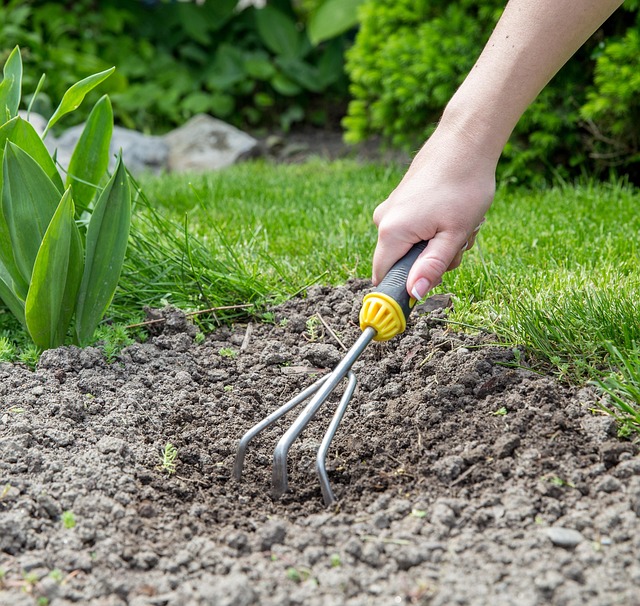Optimizing your backyard involves strategic planning through outdoor space zoning to create dedicated areas for relaxing, entertaining, cooking, and gardening. This involves organizing zones for optimal flow, considering proximity, sightlines, and accessibility. By implementing backyard layout ideas focusing on functionality and aesthetics, you transform your yard into a versatile outdoor living area that maximizes space utilization, caters to diverse preferences, and enhances home value. Assess unique backyard characteristics, consider sun exposure, and tackle challenges with creative design tips to create a harmonious, multi-purpose backyard suitable for year-round enjoyment.
Maximize your backyard’s potential with smart layouts designed for optimal utilization. Understanding outdoor space zoning is key to transforming your backyard into a multifaceted oasis. Define areas for various activities—entertainment, relaxation, and recreation—to cater to every need. Assess unique features and challenges, then create dedicated spaces that seamlessly blend aesthetics and functionality. From patio and garden zoning to flow optimization, these design tips ensure a year-round, enjoyable outdoor living area tailored to your style.
Understanding Outdoor Space Zoning for Optimal Utilization
Understanding Outdoor Space Zoning is key to unlocking your backyard’s full potential and creating a functional, attractive layout. Outdoor space zoning involves dividing your backyard into distinct areas dedicated to specific purposes, like entertaining, relaxing, cooking, or gardening. Like organizing a well-designed home, this strategic approach maximizes every inch of outdoor living space.
By considering the natural flow between these zones—taking into account proximity, sightlines, and accessibility—you can achieve an harmonious backyard design. For instance, position a patio and seating area near a garden to encourage peaceful evenings enjoying both nature and company. Integrating various functional zones allows for a versatile backyard that caters to different activities and preferences throughout the day, transforming your outdoor space into a vibrant hub of activity.
– Importance of defining areas for different activities
Defining distinct areas for various activities within your backyard is a key component to maximizing its potential and creating an inviting outdoor space. By implementing backyard layout ideas that incorporate outdoor space zoning, you can transform your backyard into functional zones catering to different purposes, enhancing overall enjoyment and practicality. This strategy ensures that every corner of the outdoor realm serves a specific need, whether it’s hosting gatherings on a spacious patio, creating a tranquil garden for relaxation, or providing an area for kids to play.
Consider the flow and connection between these zones as part of your backyard design tips. For instance, positioning a seating area near a kitchen or BBQ spot encourages spontaneous al fresco dining and entertaining. Well-thought-out backyard planning allows you to optimize space, ensuring each zone is easily accessible yet provides a sense of separation for different activities. This approach not only adds value to your home but also creates an engaging, multi-purpose backyard, where family and friends can gather, play, and relax throughout the year.
– Assessing your backyard's unique features and challenges
Every backyard tells a unique story, with its own distinct features and challenges. Before diving into any layout ideas or design tips, it’s essential to take stock of what makes your outdoor space special. Note the amount and quality of sunlight, the existing vegetation, natural boundaries like fences or trees, and any structural elements such as patios, decks, or gazebos. These factors will guide your decision on backyard layout ideas and outdoor space zoning.
For instance, if your backyard receives ample sunlight, you might want to incorporate a vibrant garden with various flowers and vegetables. Shady areas could be transformed into cozy seating spots with comfortable outdoor furniture. Challenges like uneven terrain or limited space shouldn’t deter you; creative backyard design tips can turn them into opportunities. Consider raising beds for hilly areas or building structures to define different functional backyard zones, enhancing the overall backyard flow optimization. Think about creating dedicated spaces for entertaining, relaxing, gardening, and enjoying nature, all tailored to your lifestyle and preferences.
Designing Functional Backyard Zones for Every Need
Maximizing your backyard’s potential means designing functional zones tailored to different needs. Think about creating distinct areas for relaxation, entertainment, cooking, and play. A dedicated seating area with a comfortable patio provides a tranquil retreat while a vibrant garden zone invites al fresco dining and gatherings. Strategically placing these spaces ensures a seamless flow, allowing you to transition effortlessly from quiet contemplation to lively interactions.
Backyard layout ideas should prioritize accessibility and versatility. Consider incorporating multi-purpose elements like a fire pit that doubles as a gathering spot for s’mores and storytelling or a raised garden bed that offers both fresh produce and a visual centerpiece. Efficient outdoor space zoning not only enhances your backyard’s aesthetics but also maximizes its functionality, creating an outdoor living area designed to suit every season and occasion.
Maximizing your backyard’s potential begins with thoughtful planning and strategic zoning. By understanding the unique dynamics of your outdoor space and defining areas for specific activities, you can create a functional and inviting multi-purpose backyard layout. Incorporating patio and garden zoning not only enhances outdoor living area design but also optimizes flow, ensuring every corner serves a purpose. With these backyard design tips in mind, you’re well on your way to transforming your outdoor space into a vibrant, harmonious, and enjoyable environment for all.
